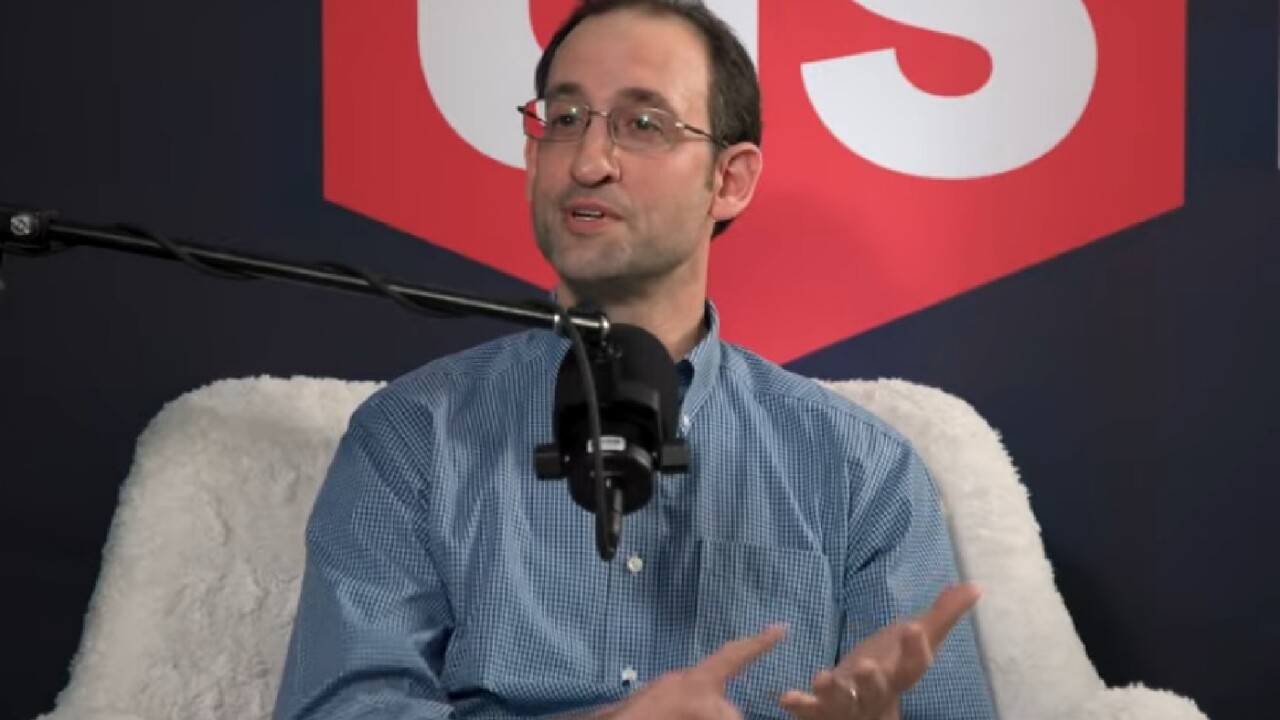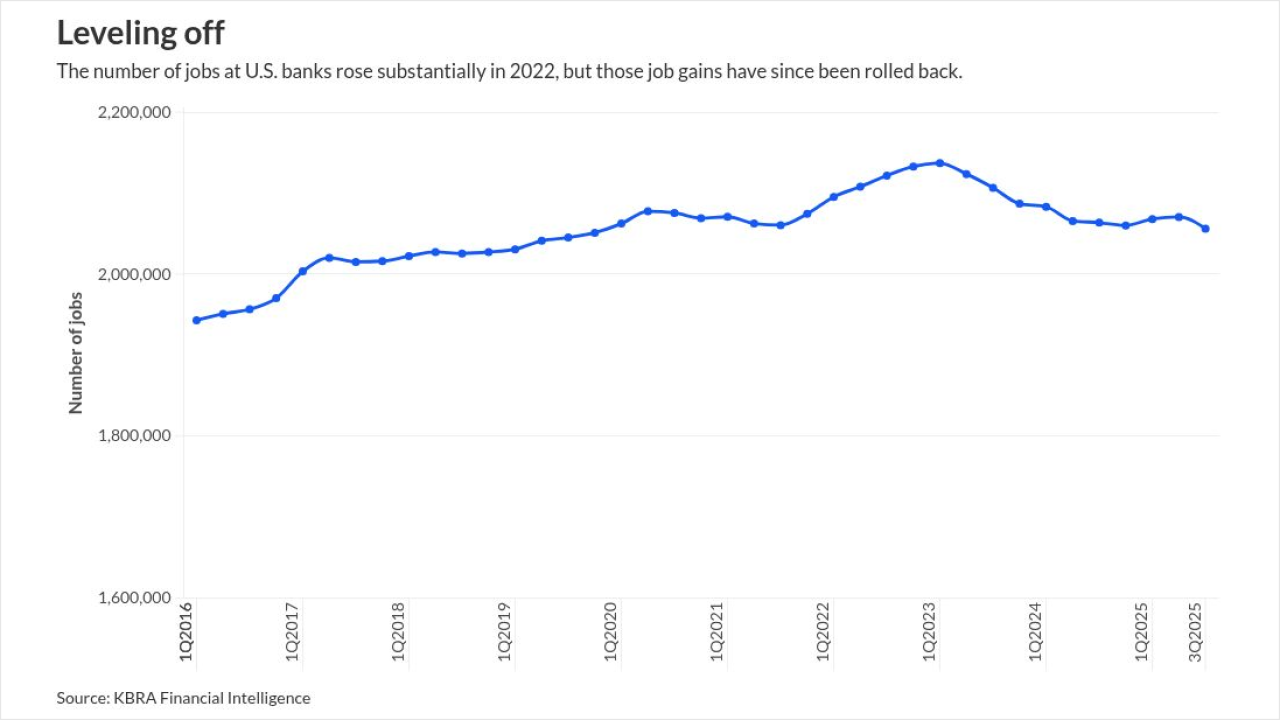With loan growth expected to continue to slow across several major product lines in 2020, unsecured debt – either closed-end or revolving – could be one possible bright spot for credit unions in the year ahead.
But those sectors are slowing too, and a mix of new and old competitors could make further growth difficult.
As of November 2019, the most recent data available, year-over-year loan growth for unsecured loans at credit unions stood at 7.5%, according to CUNA Mutual Group’s latest Credit Union Trends Report. That’s an improvement over the 6.7% figure seen one year prior, though down slightly from where things stood in November 2017. Credit card growth continues to slide, however, hitting just 5.9% in November, down from 7.8% at the same time in 2018 and 9.1% in November 2017.

Steve Rick, chief economist at CUNA Mutual, noted that consumer demand for debt has peaked and many are slowing down their borrowing patterns. “Spending on durable-goods items you might put on your credit card like a big-screen TV or furniture is starting to slow, so hence you see credit cards also starting to slow down,” he said.
On the other hand, he said, unsecured lending has grown at a steady pace for the last few years, even exceeding income growth.
Rick noted that aside from structural differences related to the lifespan of the loan, the two are fairly similar, with only a 16 basis-point difference between them when it comes to the average credit union rate. But unsecured loan balances are only about two-thirds the size of total credit card balances at CUs.
“So when looking at something like growth rates, it’s easier for something small to have fast growth rates versus something larger,” he said. “We are seeing the larger category of credit cards slowing down and the smaller category of unsecured still remaining at that 7.5% growth rate.”
Francesca Ortegren, a research associate at Clever, a real estate research firm that also covers broader consumer lending topics, suggested part of the slowdown in credit card usage could also be tied to demographics. Older millennials “went into the job market at the height of the financial crisis,” she reminded, “so they’re a bit more hesitant to do some things, including borrowing money.”
But, she added, time is likely to bring those consumers’ behavior patterns more in line with historical norms, noting that as student loan debt gets paid down these consumers may gravitate back toward loan products like cars and mortgages, just at a later stage of their lives than previous generations.
“My guess is a lot of younger people who maybe are in need of cash don’t really know the difference between an unsecured loan and a secured loan,” said Ortegren, pointing to Clever’s research on financial literacy. “Millennials and younger people tend to know a lot less than baby boomers or older generations. That could be a function of age or that there isn’t much education in terms of finances in general in schools, so their first real encounter with this is usually student loans.”
At least
Subprime borrowers getting left behind?
While growth in the unsecured space has been strong, David Brydun, VP of consumer lending and business services at Vernon Hills, Ill.-based Baxter Credit Union, noted that new fintech competitors have entered the market with similar offerings “because it’s a pretty simple product to put together.”
But that has turned out to be a good thing, he said.
“Because those organizations have much larger marketing budgets, they really create awareness of this product to different consumer segments that it may not have resonated with in the past,” he said. While historically applicants for personal loans might have had mid-tier credit scores, fintechs have targeted A and A+ consumers, “so we’re seeing the average credit score of applicants trending up over the last several years.”
Originations for unsecured loans were up 15% last year and BCU is targeting further growth in 2020, but Brydun also said declines in lower credit tiers have begun to increase as the amount members request has risen. “That’s really a function of consumer balance sheets increasing a bit,” he said. “A lot of folks are spending more, carrying more personal debt and looking to consolidate that debt into a personal loan.”
Approval rates and risk appetite haven’t changed, he said, but whereas two years ago the average request for a member with C credit was $5,000, that has risen closer to $9,000.
In order to ensure the credit union doesn’t cede too much of the subprime credit market to the competition, BCU plans to incorporate more alternative data into its lending in the coming year, said Brydun, along with launching a product later this year similar to a payday alternative loan entirely underwritten with alternative data and eliminating credit scores from consideration.
While credit card growth has slowed across the industry, BCU is targeting 10% growth in the year ahead, up from 8% last year. Key to that will be enticing existing members to bring the credit union’s card top of wallet through an enhanced reward offering. That’s also the tactic Tropical Financial CU is eyeing. The Miramar, Fla.-based shop on Monday announced a new fixed-rate MasterCard that awards members three rewards points for every dollar they spend. The card is priced at 17.99% APR for all users.
These sort of moves are all designed to encourage consumer spending, which could lift interest income as lending falls in other categories. Industry-wide, interest income was up by 14.7% year-over-year at the end of Q3 2019.
As FIs of all stripes look to boost consumer spending and increase interest revenue, some big banks, including Capital One and JP Morgan Chase, have returned to the practice of raising customers’ credit limits
Clever’s Ortegren said that could be a losing strategy, especially amid demographic shifts.
“There’s big difference in terms of boomers and Gen X and how often they tend to use credit cards,” she said. “They tend to rack up debt faster than younger generations, but they’ve had more time to do it and some of them might be stuck in big homes they can’t get rid of. Overall I think people are probably using credit cards similarly and that might cause potential issues if we’re borrowing a lot of money we don’t have, but increases in credit limits might indicate people not using them as much as banks would like them to be able to.”





